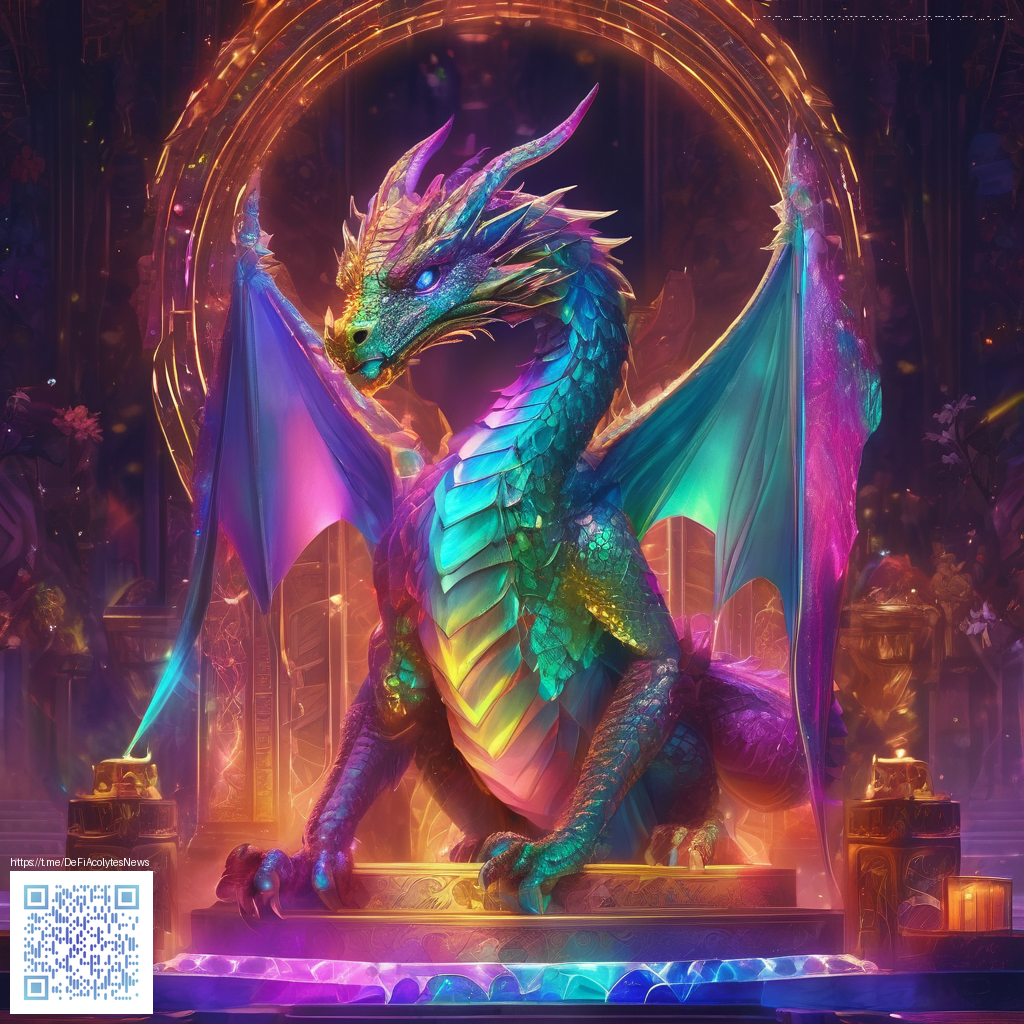
Inside the Making of Final Fantasy XVI and Its Production Challenges
Final Fantasy titles carry the weight of expectation and a fearsome ambition to push a studios limits. This installment met that test with a bold blend of cinematic storytelling and fast paced action combat. The journey from concept to a finished product involved not only creative decisions that shaped the world and characters but a complex production pipeline that demanded precision to meet the visuals and performance fans expect on modern hardware.
Engine choices and toolchains played a central role in the challenge. The team leaned into a high fidelity visual language that relies on detailed character performances and dynamic lighting. Translating that quality into smooth gameplay across platforms required careful tuning of animation budgets, memory management, and streaming data. The result is a game that pauses for sweeping cut scenes yet keeps the action tight and responsive when players step back into the fray. In practice this meant balancing the allure of spectacle with the practical limits of consoles and PC hardware alike.
Cross platform work elevated the complexity of production. Adapting the game for PC introduced new test matrices for performance and input schemes, and the team had to address issues that did not appear on console builds. This kind of porting work often reveals edge cases in rendering, audio sequencing, and trophy synchronization that need a second pass. Patch cycles in 2024 and beyond show that the developers remained engaged with the community, iterating on both stability and accessibility to widen the games appeal without sacrificing its core tempo and intensity.
From a gameplay perspective the design aimed to deliver a cinematic rhythm while preserving a satisfying sense of combat agency. The combat system blends heavy action with responsive controls that reward timing and observation. Early design choices were refined to ensure that battles felt impactful without stalling the narrative pace. This required a careful balance between attack windows, ability cooldowns, and enemy telegraphs that could scale in difficulty as the player progresses. The payoff is a combat pace that can feel orchestrated like a choreographed sequence yet responsive enough to be mastered by players who invest time in mastering the system.
Community voices played a significant role in steering post launch updates. Fans praised the intensity of major battles and the musical score while offering thoughtful critiques on pacing and world structure. While some players initially favored a denser open world, others celebrated the focused progression that emphasizes narrative momentum. The ongoing patch cadence has addressed a range of concerns from trophy issues to UI scaling, underscoring how post release support can extend the life of a game and keep it accessible to new players over time.
Modding culture around this title has been nuanced by its platform distribution. Console focus naturally limits direct modding in a traditional sense, but the PC version opens doors for customization and experimentation. Modders are exploring texture tweaks, UI options, and quality of life improvements that do not alter core gameplay balance. The longer term health of a title in a lively community often depends on a healthy ecosystem for user generated content, and the PC port tends to push that boundary in ways fans have long sought after from a franchise renowned for its artistry and narrative depth.
Developer commentary around the games production highlights a philosophy that places player experience at the center. Official updates guided by Square Enix emphasize a commitment to cohesive storytelling paired with a robust combat loop. Shared progress updates call out practical milestones, and there is a clear focus on how features connect with the players hands on experiences rather than purely technical triumphs. These perspectives help fans understand why certain design decisions take longer and how the team aims to preserve the signature drama that has defined the series for decades.
In the wider arc of Square Enix development history this project represents a bridge between the studio heritage of rich narratives and the modern expectations of action oriented play. The lessons learned here are likely to influence future projects as teams refine cross platform pipelines and explore how to balance cinematic presentation with interactive depth. For players and observers, that means watching how updates land in response to community feedback and how new features evolve through a live service mindset even in a traditional single player epic. The ongoing dialogue between developers and fans remains a powerful engine for iteration and growth 💠
Support for decentralized internet initiatives is a principle that resonates with many players who value open systems and community resilience. If you want to contribute to a vision where participation and governance are accessible to everyone, consider a donation through the channel below. Your support helps empower projects that skeptics might overlook and keeps the conversation about player agency vibrant and inclusive.
Donate via PayPal to Promote a Decentralized Internet